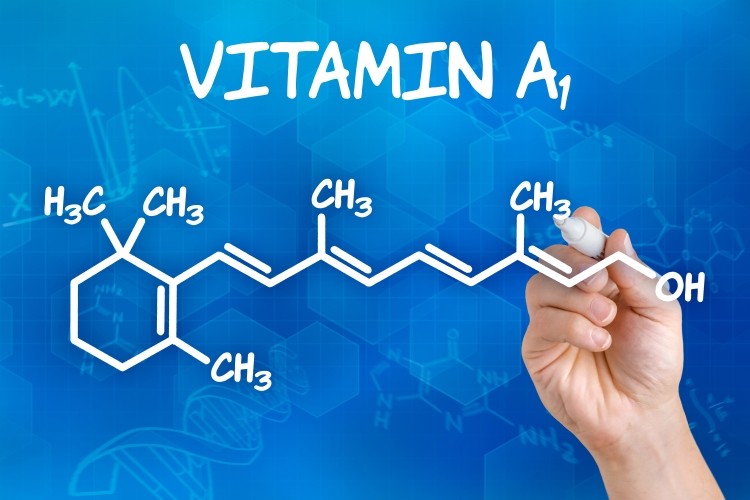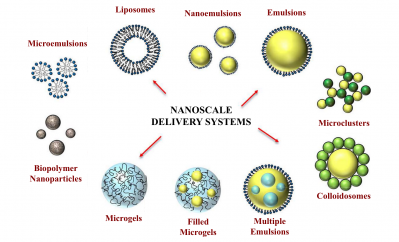New plant enzyme discovery could help battle global vitamin A deficiency

The discovery of the new plant enzyme, which is dependent on heme iron to produce the vitamin A precursors, could offer new routes to the synthesis of carotenoids and may enable plant biology experts to create new ways to grow carotenoid-rich plants.
"We identified this enzyme plays a significant role in synthesizing vitamin A. This is one critical step to get vitamin A compounds," said Professor Aimin Liu from Georgia State.
"It is really unique in the biosynthetic pathway because it's a relatively large-sized organic molecule. Until recently, it wasn't known which gene product is responsible for these reactions."
Writing in Nature Chemical Biology, the team behind the discovery said the new pathway could help scientists increase the levels of provitamin A in food crops and reduce global vitamin A deficiency.
"It's important to understand this molecular mechanism so in the future we could generate synthetic compounds or modify the forms for different medical purposes," added Liu.
Vitamin A deficiency
The World Health Organization estimates 250 million children suffer from vitamin A deficiency. It is the leading cause of preventable blindness and increases the risk of disease and death from severe infections.
Despite repeated efforts to reduce incidence of vitamin A deficiency, it remains a public health problem in more than half of all countries globally - especially in Africa and Southeast Asia, where it has a significant impact on young children and pregnant women in low-income countries.
The global problem has sparked worldwide efforts to increase the levels of provitamin A carotenoids in food crops. However, to do this more effectively scientists must gain further knowledge of how plants control and biosynthesize carotenoids that can be converted to vitamin A in humans.
New discovery
Liu and his colleagues highlighted the discovery of the new enzyme known ac 15-cis-ζ-carotene isomerase (Z-ISO) which is critical for the biosynthesis of vitamin A in plants – adding that it is has an unexpected dependence on heme iron.
The team used electron paramagnetic resonance (EPR) spectroscopy, which is extremely sensitive to electronic structures, to identify that Z-ISO is a heme-based protein. Heme is a large, organic system with a metal iron in the center. It is well known because of its red color and presence in red blood cells.
Liu and his group explained that heme iron allows the enzyme to make the necessary structural changes to complete the chemical mechanism for making vitamin A.
"It's quite surprising to us for a chemical reaction to use heme," said Liu. "It's really new for the chemical field.”
“It's a really large molecule, a very long chain with many double and single bonds. It does not typically allow large molecules to come in. There's not much room to play.”
“We discovered surprisingly that it's an isomerase reaction catalyzed by a heme protein."
Carotenoid production
EPR spectroscopy revealed the heme center starts as Fe(III) and is reduced to Fe(II), creating room for structural change and a pocket for the Z-ISO enzyme.
The heme center rotates the Z-ISO enzyme 180 degrees from the cis orientation, with two groups on the same side, into the thermodynamically favorable trans orientation - which has two groups on opposite sides.
The reduction from Fe(III) to Fe(II) is necessary for enzyme activity, explained Liu.
"After that, the product can become vitamin A,” he said. “You still need one to two steps to complete synthesis of vitamin A, but this is the most intriguing step chemically.”

















